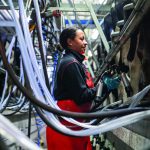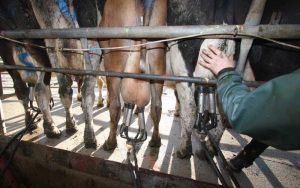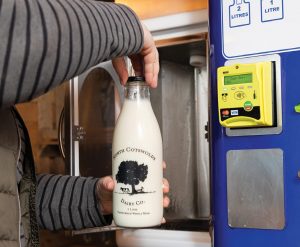
New Zealand’s farming industry shifts focus to Asian markets, especially China, amid rising U.S. dairy tariffs.
New Zealand’s vital farming industry is undergoing a significant strategic pivot, increasingly looking towards Asian markets in response to escalating tariffs imposed by the United States. This shift is particularly pronounced in the dairy sector, where products are facing substantial tariffs of up to 30 percent when entering the U.S. market. For the international dairy community, this highlights the profound impact of trade protectionism on global supply chains and economic relationships.
The steep increase in U.S. tariffs is causing considerable concern among New Zealand exporters, who are now grappling with the heightened cost of doing business in what was once a key market. Many fear that these tariffs could trigger a prolonged economic downturn, potentially even more severe than the challenges faced during the COVID-19 pandemic. This grim outlook underscores the vulnerability of export-dependent economies to sudden trade policy changes.
As a direct consequence, New Zealand dairy farmers and other agricultural producers are actively seeking to cultivate stronger trade relationships within Asia. China, which already benefits from a free trade agreement with New Zealand, is emerging as a particularly attractive alternative. Over half of New Zealand’s farmers are now reportedly exploring new opportunities in the burgeoning Chinese market, aiming to diversify their export destinations and mitigate risks.
This strategic realignment isn’t a one-way street; China is also actively pursuing new opportunities within New Zealand. A growing number of Chinese companies are offering various products and technologies to the New Zealand agricultural sector, indicating a deepening bilateral relationship. This exchange extends beyond just trade, potentially fostering technological collaboration and investment in agribusiness.
In essence, the imposition of U.S. tariffs is acting as a catalyst, compelling New Zealand’s farming and dairy industries to accelerate their pivot towards Asia. This unfolding narrative demonstrates how trade barriers can reconfigure global market dynamics, driving nations to forge new alliances and reshape their economic futures, ultimately impacting global dairy economics and trade flows.
You can now read the most important #news on #eDairyNews #Whatsapp channels!!!
🇺🇸 eDairy News INGLÊS: https://whatsapp.com/channel/0029VaKsjzGDTkJyIN6hcP1K























